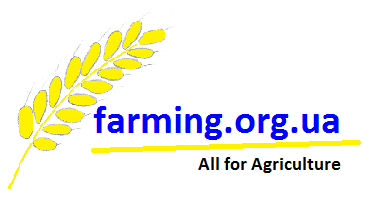|
Disclaimer
The information in this publication applies exclusively to these
technologies, hybrids and varieties, chemicals, fertilizers, pests,
their species and races. There may be appear or are races of pathogens
and species of pests that are resistant to the some rates of
agrochemicals. Negative effects from the use of one or another
agrochemical or combination of factors that are not previously known can
also be detected. Other races of pathogenic organisms and types of
pests, diseases, and weeds can exist or arise that can overcome the
resistance of plants and become resistant to the use of pesticides. The
specificity of the impact of certain types of pests can vary, depending
on various environmental factors, soil and climatic conditions, time and
place of observation, technology of cultivation and for other reasons.
It is strongly recommended to use combinations of various pest control
methods, such as strict adherence to the cultivation technology,
regulations on the use of pesticides, crop rotations, and spatial
isolation. Various combinations of subjective and objective factors may
also arise that influence the practical results in the cultivation of
plants. A guarantee or a liability in individual cases is not possible,
because the growth conditions and climatic conditions are subject to
substantial fluctuations. All recommendations and information must be
locally adapted. In case of doubt, it is recommended to conduct a study
in a small area of the field in local conditions, in order to
determine the effectiveness of an agrotechnical reception, or an
agrochemical, and their effect on plants and their yield. Only after
that use them. All the information in this site is for informational
purposes only and should be applied in practice only in combination with
own experience and knowledge of local conditions and obtaining qualified
advice from Agricultural Consulting professionals. The author is not
responsible for the use of information contained in this publication.
Contact Us!
|
